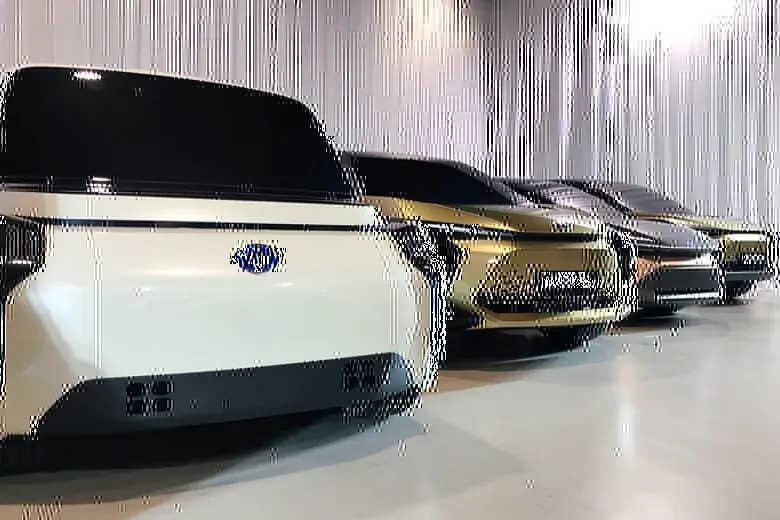PHOTO
HONG KONG - Toyota is using its financial heft to hedge its green bets. The $176 billion automaker is spreading clean energy investments across a wide variety of cutting-edge technologies, partnering with rivals like Subaru to reduce costs. The company’s sheer scale makes the strategy feasible, but Nissan’s hybrid compromise could be a big threat.
Earlier this month, Toyota announced plans to double down on battery-powered cars, aiming to take half of global sales from electrified vehicles by 2025, five years ahead of schedule. It will also keep pushing development of hybrid models and hydrogen fuel cells.
Being a jack-of-all-trades has advantages. It’s anyone’s guess which power train will dominate as gas guzzlers give way to greener models. In China, pure electric cars have a head start; elsewhere, hybrids are a more palatable halfway house for former petrolheads. In Toyota’s home market, fuel cell vehicles stand a chance. Meanwhile, poorer consumers still favour cheap fossil-fuel cars, and governments of developing countries have less to invest in fancy charging stations.
Others carmakers might not have the resources to spread themselves so thin, but Toyota can. With net debt at 3.4 times EBITDA, it is less leveraged than Volkswagen, Ford , Daimler or Nissan, according to Eikon data. For good measure, the company has spread the financial load by forging partnerships, most recently with Subaru, BYD and CATL, and by opting for designs that use the same modules across multiple models.
Even so, big parts of its strategy depend on sustained commitment by governments and companies to big investments in new infrastructure, and the willingness of existing car owners to change their behaviour. Consumer intransigence has sunk many a promising environmental technology. This may explain why rival Nissan has turned to making hyper-efficient hybrids, which deploy a motor as a kind of generator to charge a powerful battery. Such vehicles can use ordinary filling stations, which resolves the range problem still limiting pure electrics and hydrogen models.
Toyota still has its own hybrid models, of course. It makes sense to research and partner and get in position for the future, as long as it doesn’t come at the expense of present reality.
CONTEXT NEWS
- Toyota Motor aims to get half of its global sales from electrified vehicles by 2025, five years ahead of schedule, and will work with Chinese battery makers to meet the accelerated global shift to electricity-powered cars, the company said on June 7. The automaker will partner with Chinese companies Contemporary Amperex Technology and BYD for battery procurement, according to the announcement.
- On June 6, Toyota said it was teaming with Subaru to develop a battery-electric sports utility vehicle using shared technology to split costs.
(Editing by Pete Sweeney and Sharon Lam)
© Reuters News 2019












